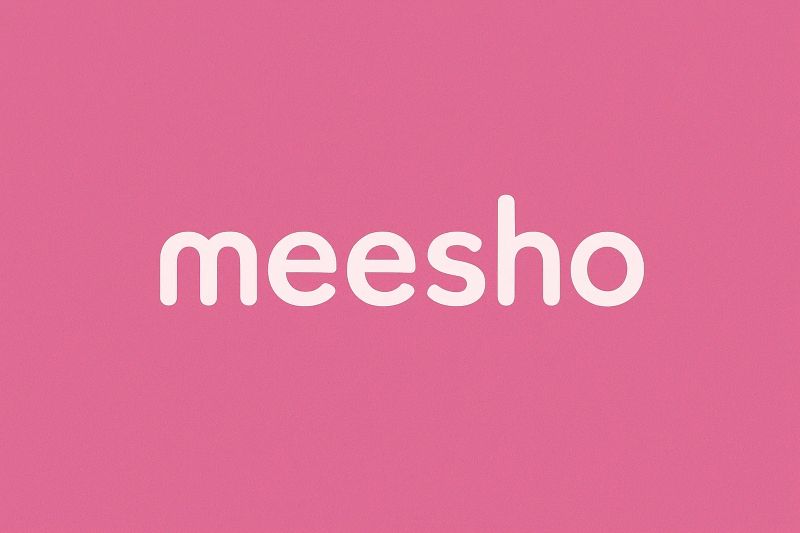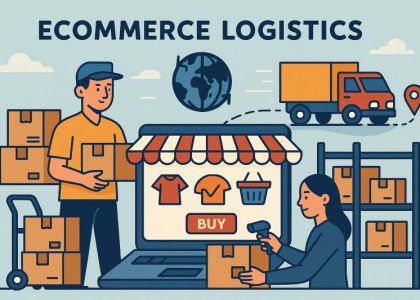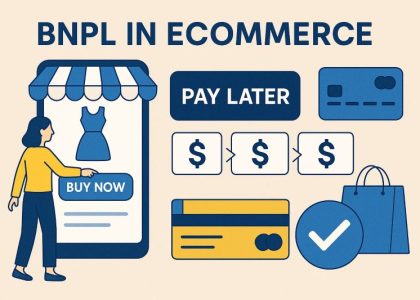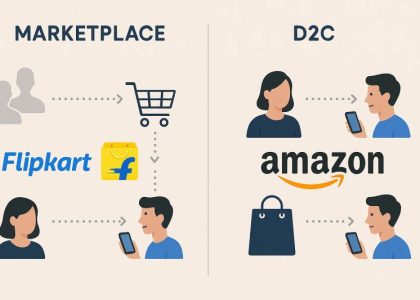Meesho has quickly risen as a game-changer in India’s ecommerce space, riding the wave of social commerce. While Amazon and Flipkart continue to dominate traditional online marketplaces, Meesho is tapping into the power of social shopping to stand out. By 2025, it is reshaping how Indians buy and sell online, directly challenging the ecommerce giants.
The Rise of Meesho
Founded in 2015, Meesho started as a platform for small sellers and resellers. By focusing on affordability, social media integration, and regional accessibility, it grew rapidly. In 2025, Meesho is no longer just a startup—it has become a household name. Millions of small entrepreneurs, especially women from Tier 2 and Tier 3 cities, use Meesho to run their businesses with minimal investment.
What Makes Social Commerce Different?
Unlike marketplaces where users search for products, social commerce thrives on discovery. On Meesho, users explore products through WhatsApp, Instagram, and Facebook groups. Sellers connect directly with buyers, building trust and personal relationships. This human element is something traditional platforms like Amazon and Flipkart struggle to replicate.
Key Drivers of Social Commerce in India:
- High social media penetration in smaller cities.
- Affordable smartphones and cheaper internet plans.
- Growing trust in peer-to-peer recommendations.
- A rising wave of digital entrepreneurs.
Meesho’s Strategy in 2025
Meesho’s strength lies in empowering small businesses. By offering zero-commission selling, free listings, and low-cost logistics, it attracts sellers who want independence. Its AI-powered tools suggest trending products, helping sellers stock items with high demand. In 2025, Meesho also integrates regional language support, making ecommerce more inclusive for non-English speakers.
Amazon and Flipkart’s Social Commerce Push
Amazon and Flipkart recognize the rise of social commerce. Both platforms have introduced influencer-led shopping, video-based recommendations, and live commerce features. However, their core model remains marketplace-driven. While they attract premium shoppers in metros, Meesho’s community-driven approach appeals strongly to middle-class and rural buyers.
Why Sellers Choose Meesho
Sellers who join Meesho often prefer it over Amazon and Flipkart for several reasons:
- Lower costs: No high commission or listing fees.
- Wider reach in smaller towns: Strong adoption in Tier 2+ cities.
- Easy onboarding: Anyone with a smartphone can become a seller.
- Social media integration: Sellers leverage WhatsApp groups, reels, and influencers.
This seller-first approach creates a unique ecosystem where small businesses thrive.
Challenges for Meesho
While Meesho is growing fast, challenges remain:
- Competing with Amazon and Flipkart’s logistics power.
- Handling trust issues around product quality.
- Managing return policies and customer complaints.
To succeed long term, Meesho must balance rapid growth with reliability.
The Future of Social Commerce in India
By 2025, social commerce is no longer just an experiment—it is a mainstream shopping model. Meesho leads this movement, while Amazon and Flipkart adapt to stay relevant. For consumers, this means more personalized shopping experiences, affordable options, and trust-driven purchases. For sellers, it means greater freedom and opportunities to build digital-first businesses.
Final Thoughts
Meesho in 2025 stands as a bold challenger to Amazon and Flipkart. With its focus on affordability, inclusivity, and social-driven shopping, it is rewriting the ecommerce playbook in India. The competition between marketplaces and social commerce will define the next era of digital retail—and Meesho is already shaping that future.





